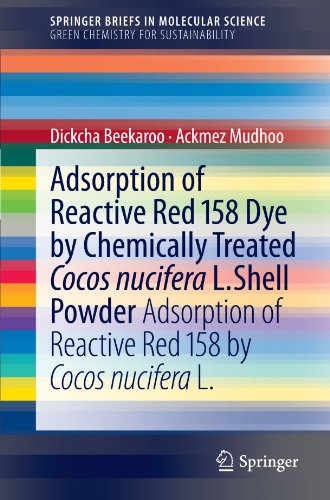

Most ebook files are in PDF format, so you can easily read them using various software such as Foxit Reader or directly on the Google Chrome browser.
Some ebook files are released by publishers in other formats such as .awz, .mobi, .epub, .fb2, etc. You may need to install specific software to read these formats on mobile/PC, such as Calibre.
Please read the tutorial at this link: https://ebookbell.com/faq
We offer FREE conversion to the popular formats you request; however, this may take some time. Therefore, right after payment, please email us, and we will try to provide the service as quickly as possible.
For some exceptional file formats or broken links (if any), please refrain from opening any disputes. Instead, email us first, and we will try to assist within a maximum of 6 hours.
EbookBell Team

0.0
0 reviewsThe effective removal of dyes from aqueous waste is an important issue for many industrialized countries. The traditional treatment methods used to remove dyes from wastewater have certain disadvantages such as incomplete dye removal, high reagent and energy requirements, and the generation of toxic sludge or other waste products that require disposal. The search for alternative and innovative treatment techniques has focused attention on the use of biological materials for dye removal and recovery technologies. This brief summarizes the latest developments in this important field.